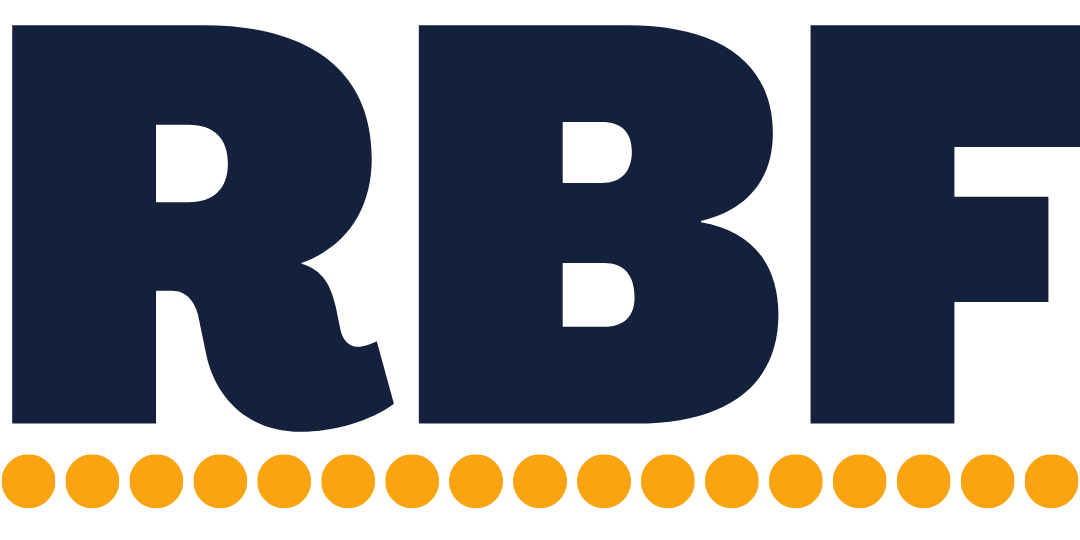Tips for implementing your add-on
Hey, I’m Michael Eckstein 👋, and this is ‘Ordinary & Necessary’, a weekly newsletter about the boring business topics that don’t get enough traction on the web, but will help you manage and grow your business. You signed up on my website. If you’d like to unsubscribe, just click the link at the bottom of this email. No harm, no foul, I’d love to have you back sometime.
Month’s theme: add-on products or services
Figuring out your new add-on is tough. You need to talk to clients, brainstorm new ideas, then test a few potential add-ons until you find the right fit for your business. Implementation and making sales is where the fun starts (and the money starts rolling in).
But, implementation comes with its unique challenges. You want your add-on to be as easy to purchase as possible and as efficient to deliver as possible. And, how its implemented affects that. Small changes in pricing, when you offer it in your sales process, and whether clients need to opt-in or out affect its purchase rate. Small changes in delivery and efficiency affect your profit/hour and how much stress future delivery will cause you. The more you can perfect purchasing and efficiency, the more successful your add-on will be.
Implementation tips:
Opt-in vs Opt-out: When implementing your add-on, the most important thing you need to decide is whether you want your clients to opt-in to purchase the add-on or opt-out of purchasing the add-on. Opting-in means they will need to actively choose to buy it and spend more money with you. Common examples of opt-in add-ons include “would you like fries and a drink with that?” and those checkbox add-ons when you buy something online. Opting-out means the add-on is already included in their invoice and they will need to actively choose not to buy it. Offering your add-on as an opt-out will drastically increase your add-on purchase rate, but may create additional work explaining the add-on to clients and, potentially, fielding complaints. When 401(k)s were first introduced, they were offered to employees as an opt-out (don’t quote me on that tho).
Legalese: If you’re already having clients sign contracts or engagement letters (which you should be), you’ll want to include some language about your add-on. Whether your add-on language is included in your main contract or has its own separate approval is up to you. And, when I say it’s up to you, I really mean it’s up to your lawyer. Also, if you are offering some sort of risk mitigation add-on, don’t call it insurance. The word ‘insurance’ is regulated in some jurisdictions. (<– not legal advice 😉)
Delivery: If you can automate delivery, you should. Automated delivery will drastically increase your profit/hour on add-ons. The easiest add-ons to automate are going to be e-products. You can use Zapier to trigger delivery by email (eg, when Stripe recognizes a sale, Zapier will add that client to an automation in your email software that will send the e-product) and, depending on your workflow set-up, you could also natively deliver an e-product with your transaction receipt. If you can’t automate delivery, you should at least automate the beginning of the process and have the purchase add tasks to your project management software.
ACTION ITEM: Start adding your add-on as an option on your invoices. Done is better than perfect. Don’t wait until all your automations and fancy tech are ready.
Have a great weekend and stay safe!
Michael Eckstein
